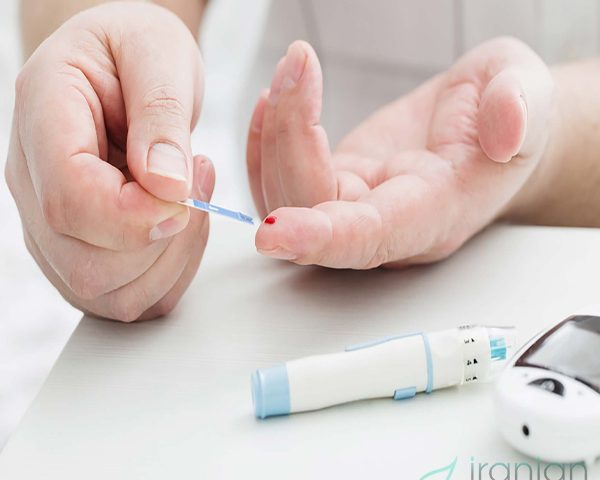Saving sight

Use artificial intelligence to diagnose diabetes eye disease
The researchers used artificial intelligence to support immediate diagnosis of one of the most important causes of blindness, diabetes-related eye disease, in its early stages.
Diabetic retinopathy is the leading cause of vision loss in adults and is increasingly affecting the world, affecting 191 million people by 2030.
There are no symptoms at an early stage, and the disease may already have developed at a time when people are beginning to lose sight. Early diagnosis and treatment can make a significant difference in the amount of vision maintained by the patient.
Now a team of Australian-Brazilian researchers led by RMIT has developed an image processing algorithm that can automatically detect one of the main signs of the disease, the fluid on the retina, at 98% accuracy.
Senior researcher Danish Kant Kumar, RMIT, said that this method was immediate and cost-effective.
“We know that half of people with diabetes are routinely screened and a third have not been screened,” Kumar said.
“But the standard gold methods for diagnosis of diabetic retinopathy are invasive or expensive, and are often not available in remote or developing regions of the world.
“Our AI-based approach offers accurate results such as clinical examination, but relies on web images that can be produced using standard optical measuring devices.
“Making it faster and cheaper to detect this incurable disease can change the lives of millions of people who are not currently diagnosed and risk losing their sight.”
Fluoriscin angiography and optical tomography tomography are currently the most accurate clinical method for diagnosis of diabetic retinopathy.
An alternative and cheap method is to analyze retinal images that can be taken with relatively inexpensive equipment called your base cameras, but the process is handy, time consuming and less reliable.
To automatically analyze the bottom-of-the-eye images, researchers at the Biosengalz Laboratory at RMIT’s Faculty of Engineering, in collaboration with collaborators in Brazil, used deep learning techniques and artificial intelligence.
The algorithm you developed can accurately determine the presence of fluids from damaged blood vessels, or excretions, inside the retina.
Researchers hope their method will eventually be used for a large-scale screening of populations at risk.
“For everyone who knows he has diabetes, someone else suffers from diabetes but is not diagnosed. In developing countries, this figure is diagnosed to four undiagnosed.
“This results in millions of people suffering from preventable and treatable complications from diabetes-related diseases.
“With further development, our technology has the potential to reduce this burden.”

